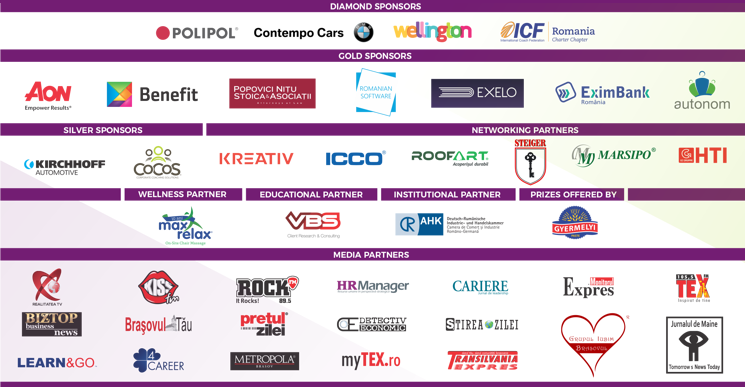Workplace Diversity Training: How it Should be Done
Nowadays, workplace diversity has become a must to any company that wishes to expand its reach. Organisations now take part in an ever-growing worldwide economy, are they must acknowledge the fact that they need to adapt towards a multicultural workplace environment and the many benefits they can have from workplace diversity.
This issue is most often than not addressed through the organisation of training programmes. However, research done on the effectiveness of such programmes has brought up mixed results. Some studies have suggested that diversity training is efficient, while others have shown that it may as well lead to backlash between employees. All of these inconclusive results have led to widespread pessimism towards diversity training.
It is common knowledge that people/employees coming from various cultural backgrounds have distinctive ways in which they interpret languages, signs and formalities. To be more precise, these differences can be seen in the way in which culturally diverse people communicate, approach conflict and make decisions. In layman terms, having a diverse work environment is beneficial for the organisation, due to advantages in areas such as return on investment, productivity, teamwork and employee engagement. More often than not when we think about diversity, the first few things that pop into our heads is ethnicity, religion, age and gender. Nonetheless, people need to understand that diversity in itself encompasses so much more than that. Diversity can bring to light qualities different from our own, perceptions that we may have developed of others, how our initial approach to interactions differs and many other traits that separate us from everyone else.
It has become abundantly clear to that employees do not have to love or like each other at work, but co-existing is a must. It is imperative they cooperate and communicate efficiently, despite their differences and their contrary beliefs regarding sensitive issues that may be brought up during diversity training. Whether we are talking about a half-a-day diversity programme, or an 8-hour programme, or even a 40-hour diversity programme, won’t change an employee who doesn’t want or is not ready to open his mind and definitely longer is not better.
The effectiveness of diversity training depends on the methods that are being used – whether we are talking about quizzes, small-group discussions, instructor-led discussions or even role-playing exercises – the personalities of the people who are being trained and, of course, the way in which the outcomes are being measured.
In a recent training exercise which was analysed and shows a lot of promise is perspective-taking. Basically, this type of programme represents the process of mentally walking in a stranger’s shoes. By taking the perspective of members of LGBT or racial minorities, people were asked to write a few sentences on what type of challenges a minority may face. The first effects could be seen almost immediately, with a rise in pro-diversity attitudes. In a follow-up done 8 months after the initial training the same effects were even more present and even some crossover effects. The people who took on the perspective of LGBT members have shown more positive attitudes and behaviours towards racial minorities and the other way around.
Another type of exercise that was successful is goal setting. Even though this exercise is more commonly used when managers wish to motivate or improve someone’s job performance, this strategy can be implemented with great success by asking participants to set specific, realistic and challenging goals in relation to workplace diversity. For example, one trainee sets the goal of challenging inappropriate comments about racial minorities when hearing them in the future – while also offering the trainee all the necessary information on how to handle such situations. The goal setting exercise proves to be successful with pro-diversity behaviours being shown three months after receiving the initial training and improved attitudes nine months from initial training. The effects are noticeable and notable, given the fact that diversity training is done once maybe twice a year.
Of course, for these training programmes to be as effective as possible personality characteristics must be taken into account, due to the fact that one type of exercise may be more effective for some employees than others. For example, perspective-taking is going to be more effective for people who lack empathy. Individuals who have a high level of empathy are more than willing to engage in their very own perspective-taking. People with low empathy levels require this training programme to act as a jump-start cable.
In conclusion, ensuring effective communication in culturally diverse organisations involves a deep understanding of cultural biases and social assimilation dynamics. Other than the language barrier, there are cultural perceptions and differences that make us different from one another. Organisations that want to have a strong competitive edge in this ever-changing marketplace must carry out effective training programmes that will enable their employees to work as a collective.
This is where Great People Inside comes to your aid. Our online platform offers the best solutions and tools for your company to thrive in every type of industry and any possible situation your organisation may find itself. In terms of lowering your employee turnover rates, we recommend our GR8 Full Spectrum assessment for hiring and 360° Survey for retention. Finding the right talent, the best fit for the job and your organisation can be a very challenging task. It requires deep knowledge of your own organisation’s culture and a keen understanding of the candidate’s personality, strengths, interests, work style and other characteristics. Our technology and solutions will do the work for you, helping you find employees who can flourish and reach the highest performance required to constantly bring your company forward.
Request a free demo:
Sources:
https://www.trainingindustry.com/blog/blog-entries/multicultural-organizations-why-diversity-training-is-important-for-the-workplace.aspx
https://www.psychologytoday.com/blog/the-act-violence/201701/why-diversity-training-usually-fails-in-the-workplace
https://hbr.org/2017/07/two-types-of-diversity-training-that-really-work




